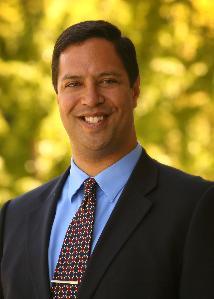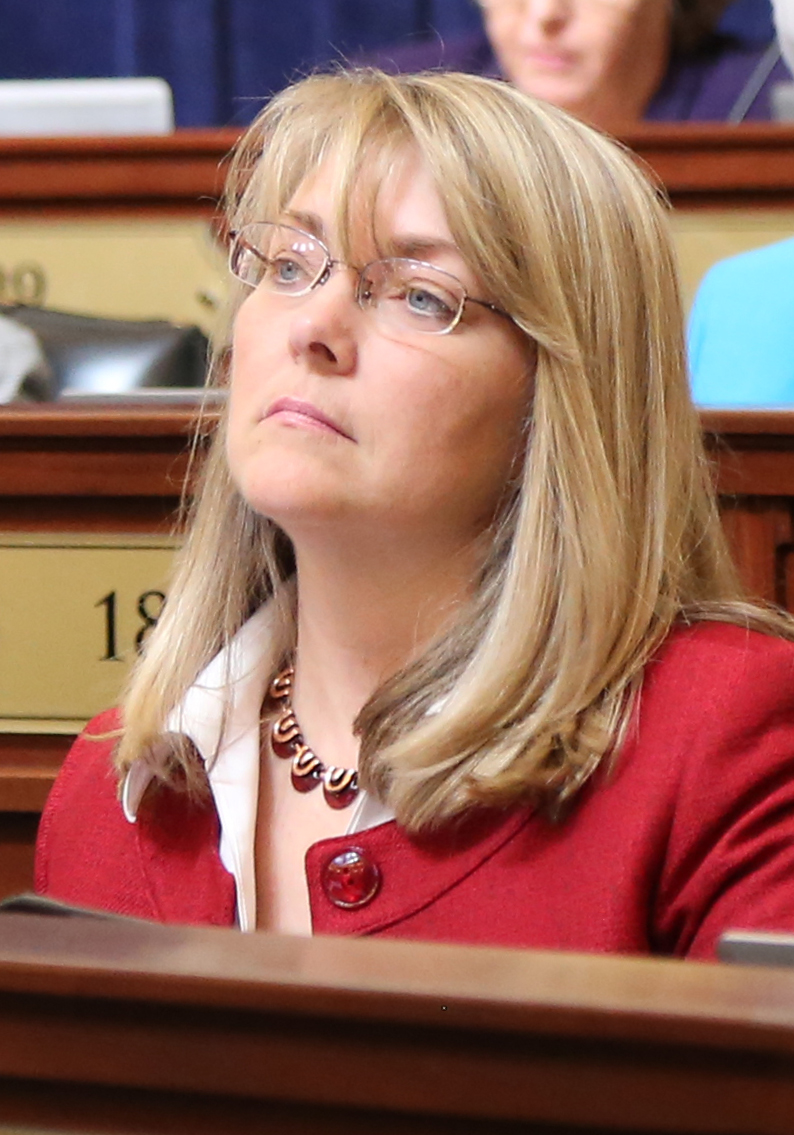Idaho’s supplemental school levy bill continues to rise, setting another all-time record this year.
All told, 93 school districts will collect $194.7 million in voter-approved supplemental levies. That’s an increase from $188.8 million in 2016-17, a short-lived record.
The state’s supplemental levy bill has skyrocketed over the past decade. During the Great Recession, more and more school districts used these local property tax dollars to make up for unprecedented state K-12 budget cuts. But even in recent years, as state K-12 budgets have rebounded, the supplemental levy bill has continued to trend upward.
Some school administrators bristle at the term “supplemental,” saying these one- to two-year levies are needed to backfill budgets for staffing, salaries or employee benefits. But since some school districts do not collect a supplemental levy — or cannot convince patrons to pass a levy — critics say the reliance on local levies widens the gap between the state’s haves and have-nots.
Some snapshots from the latest numbers, compiled by the State Department of Education:
- The number of districts collecting a supplemental levy is unchanged from 2016-17. Kuna voters approved a two-year, $5 million levy in March, while a $400,000-a-year levy came off the books in Marsing. But there’s no mistaking the long-term trend: More districts are seeking and pursuing supplemental levies. In 2007-08, only 60 districts had levies on the books.
- With 93 of Idaho’s 115 districts collecting supplemental levies, these short-term property taxes are a fact of life for most patrons. The state’s largest districts collect supplemental levies — and the districts without supplemental levies tend to be small and rural. Consequently, 93 percent of the students in traditional public schools attend districts with a supplemental levy.
- The supplemental levy bill increased because several school districts sought — and secured — costlier levies. For example, the Bonneville School District will collect nearly $5.7 million in levies this year, up from $2.9 million in 2016-17. The Coeur d’Alene School District boosted its levy by $1 million.

State superintendent Sherri Ybarra said the levy numbers illustrate Idahoans’ commitment to education.
“I see the levies as sending a positive message about how strongly local communities value their students and rally to support education,” Ybarra said Thursday.
However, Ybarra also said the state needs to continue rebuilding its K-12 budget, which is “not fully recovered” from the recession. Ybarra’s 2018-19 budget request includes an additional $19 million in “operational” funding, which districts can put toward salaries and benefits or other needs.

While Ybarra sees a mixed message in the supplemental levy numbers, state Rep. John McCrostie sees an ongoing and troubling trend. While voters are showing their continued willingness to support local schools, it also means the state is placing the burden on the backs on local taxpayers.
“The state is not doing its job to properly fund education,” said McCrostie, D-Garden City.
Gov. Butch Otter’s office had no comment; on Thursday afternoon, spokesman Jon Hanian said he has not had a chance to discuss the latest numbers with Otter. The supplemental levy bill has nearly doubled during Otter’s 11 years in office. In 2007-08, at the beginning of his first term, the supplemental levy bill totaled $101.2 million.
Next week, voters in five school districts will decide the fate of supplemental levies. The largest levy is a two-year, $18.75 million proposal in Nampa.
As Idaho’s supplemental tax levy bill continues to rise, a legislative committee is in its second year of reviewing the state’s school funding formula.
But in September, the committee sidestepped any talk about local funding — such as property tax levies.

As a member of the funding formula committee, McCrostie would like to see this issue discussed. But he doesn’t expect any proposal for the 2018 legislative session. “This isn’t something we’re going to be able to address in two months.”
For now, the committee is trying to rework the math Idaho uses to parcel out state funding for schools, said Rep. Wendy Horman, R-Idaho Falls, the committee’s House co-chair. It will take time before this panel will delve into local funding and local tax issues, and it probably won’t work in a vacuum.
“I don’t know that it’s a conversation only for the funding formula committee,” Horman said. “I think it’s a broader conversation than that.”
Idaho Education News data analyst Randy Schrader contributed to this story.
